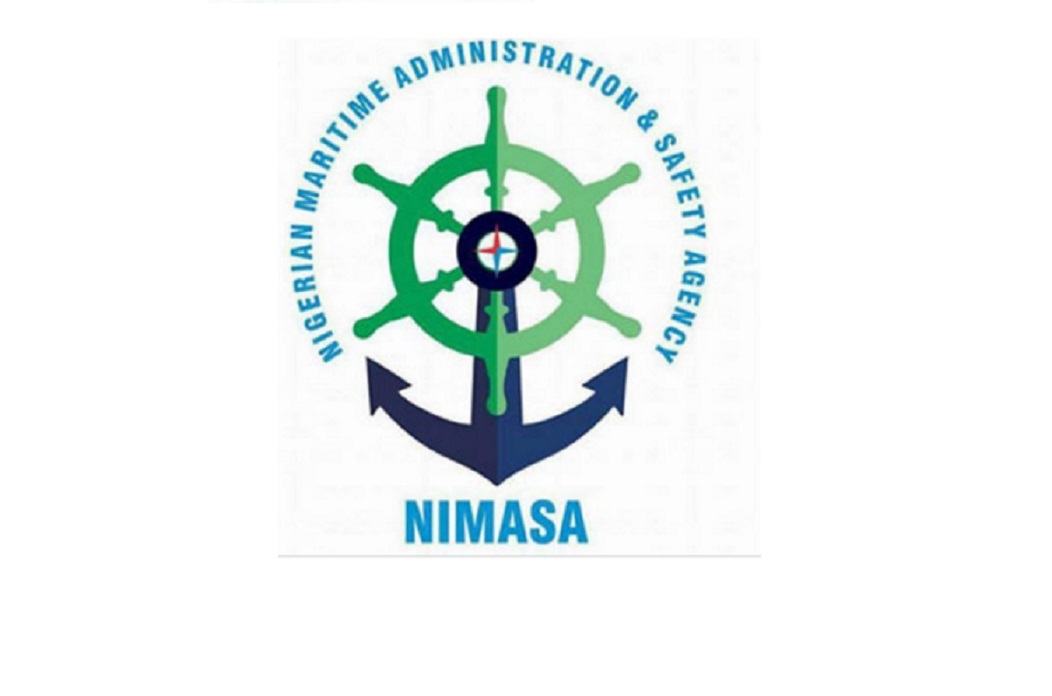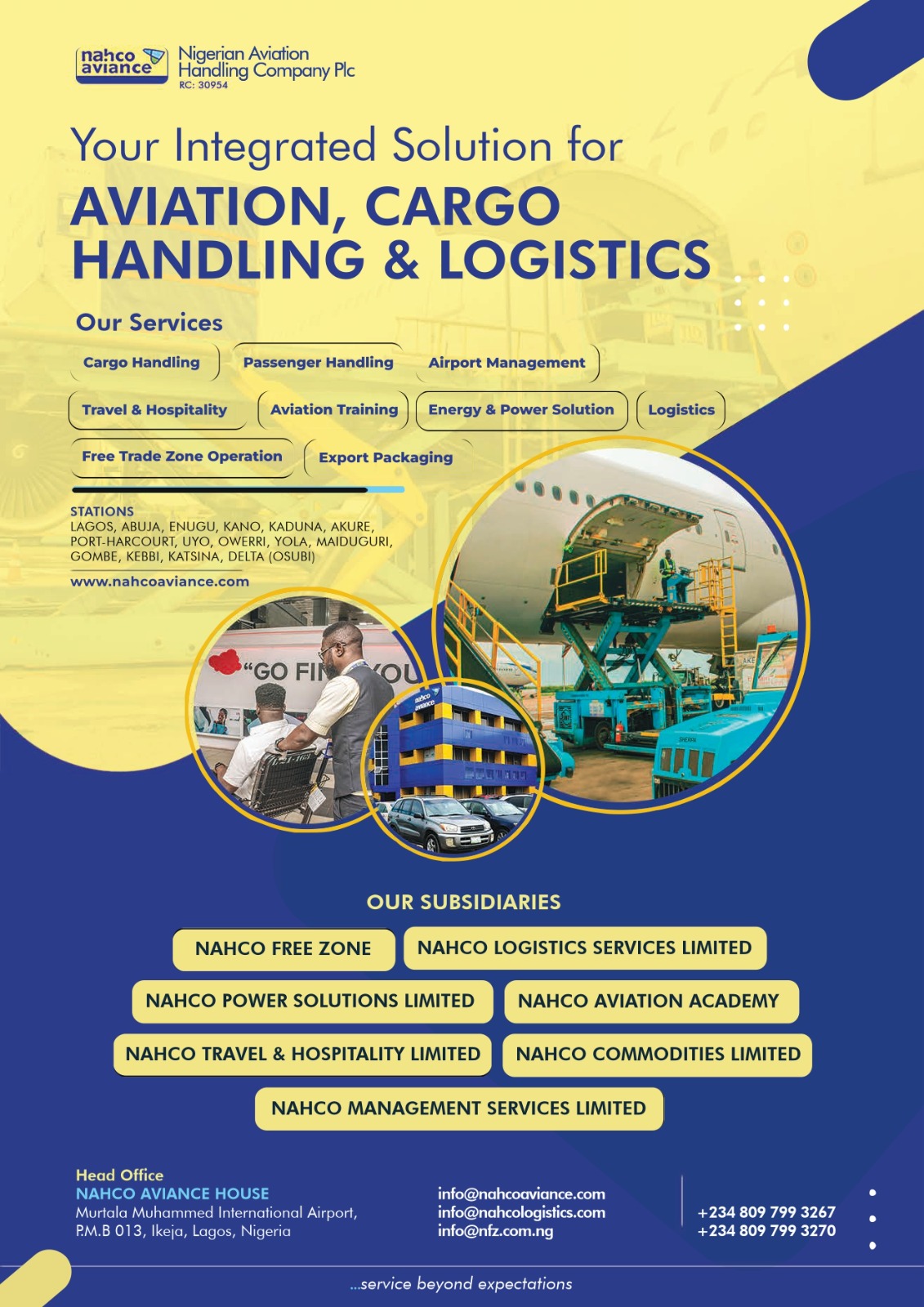As the Nigerian Maritime Administration and Safety Agency, NIMASA, took delivery of the last batch of the Deep Blue Project equipment last week, the agency said it is now set to take on the criminals terrorizing the nation’s territorial and coastal waters.
The equipment which includes a Special Mission Aircraft, was received and installed to secure Nigerian waters up to the Gulf of Guinea, GoG. In a statement signed by the Head of Public Relations, Mr. Philip Kyanet, Director General of NIMASA, Dr. Bashir Jamoh, and other officials of the agency inspected three Special Mission Helicopters at the Naval Base, Apapa, under the project billed for launch on May 21.
Speaking to journalists at the Nigerian Air Force Base, Murtala Muhammed International Airport, Ikeja, during a brief ceremony to mark the arrival of the aircraft, Jamoh said the assets would further improve security in Nigerian waters.
Jamoh revealed that a drastic reduction in the rate of attacks in the country’s Exclusive Economic Zone (EEZ) with the deployment of the Deep Blue Project assets, is expected in the next few weeks and months.
Part of the statement reads, “There has been a drastic decrease in the rate of security breaches in our waters in recent times. This is a clear indication that we are getting it right with the Deep Blue Project. “The figures we are getting from the International Maritime Bureau (IMB) are encouraging. We ultimately aim to completely eradicate security hindrances to shipping and business generally in the Nigerian maritime domain.
“These figures are a proof that we can make our waters safe and secure, and we are determined to do so. “Today, we are here to receive the final phase of assets under the Deep Blue Project to further boost our capacity to secure our waters up to the Gulf of Guinea.”
The Integrated National Security and Waterways Protection Infrastructure, otherwise known as the Deep Blue Project, is designed with three categories of platforms to tackle maritime security issues on land, sea, and air.
The land assets comprise the Command, Control, Communication, Computer, and Intelligence Centre (C4i) for intelligence gathering and data collection; 16 armoured vehicles for coastal patrol; and about 600 specially trained troops for interdiction, known as Maritime Security Unit.
On air, there are two Special Mission Aircraft for surveillance of the EEZ, one of which was received Wednesday, with the second expected to arrive May 18; three Special Mission Helicopters for search and rescue; and four Unmanned Aerial Vehicles. The sea assets consist of two Special Mission Vessels and 17 Fast Interceptor Boats.













